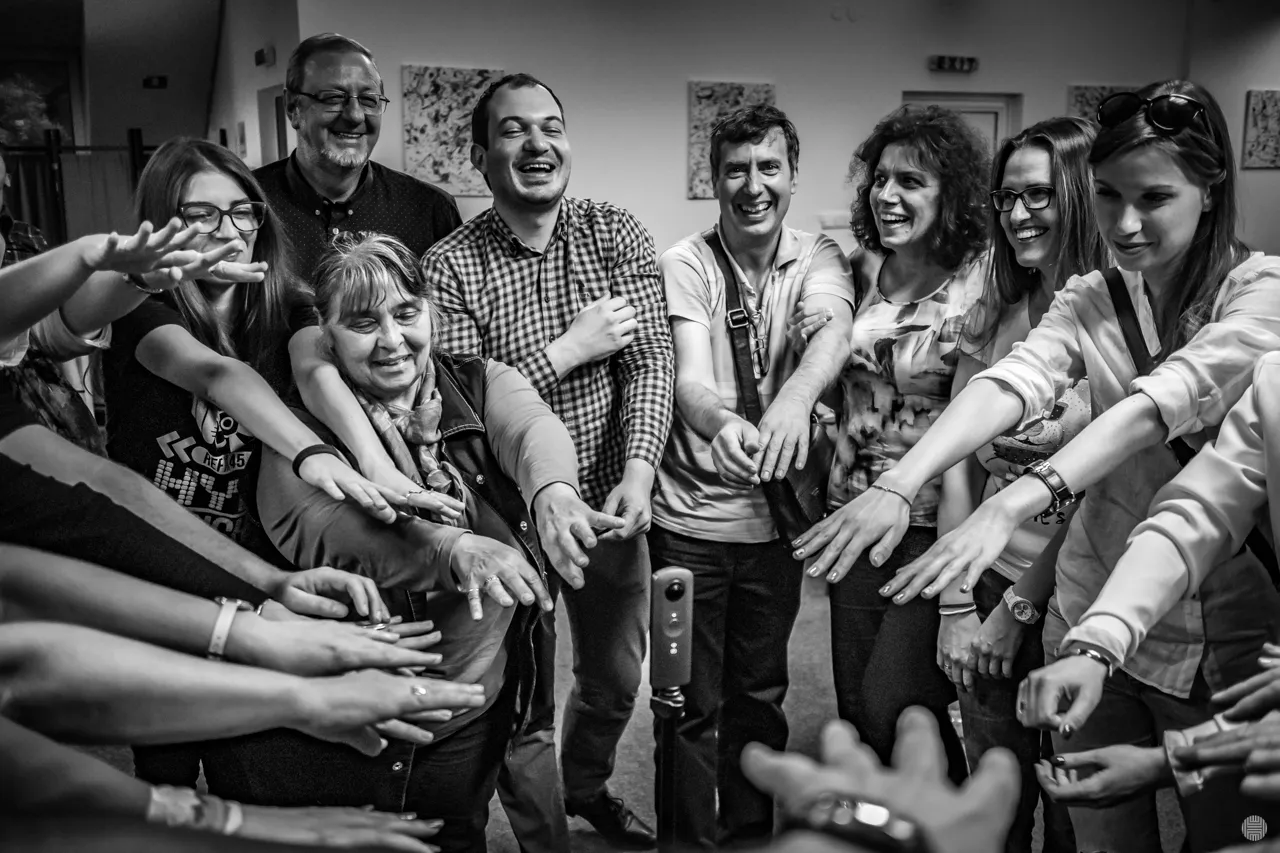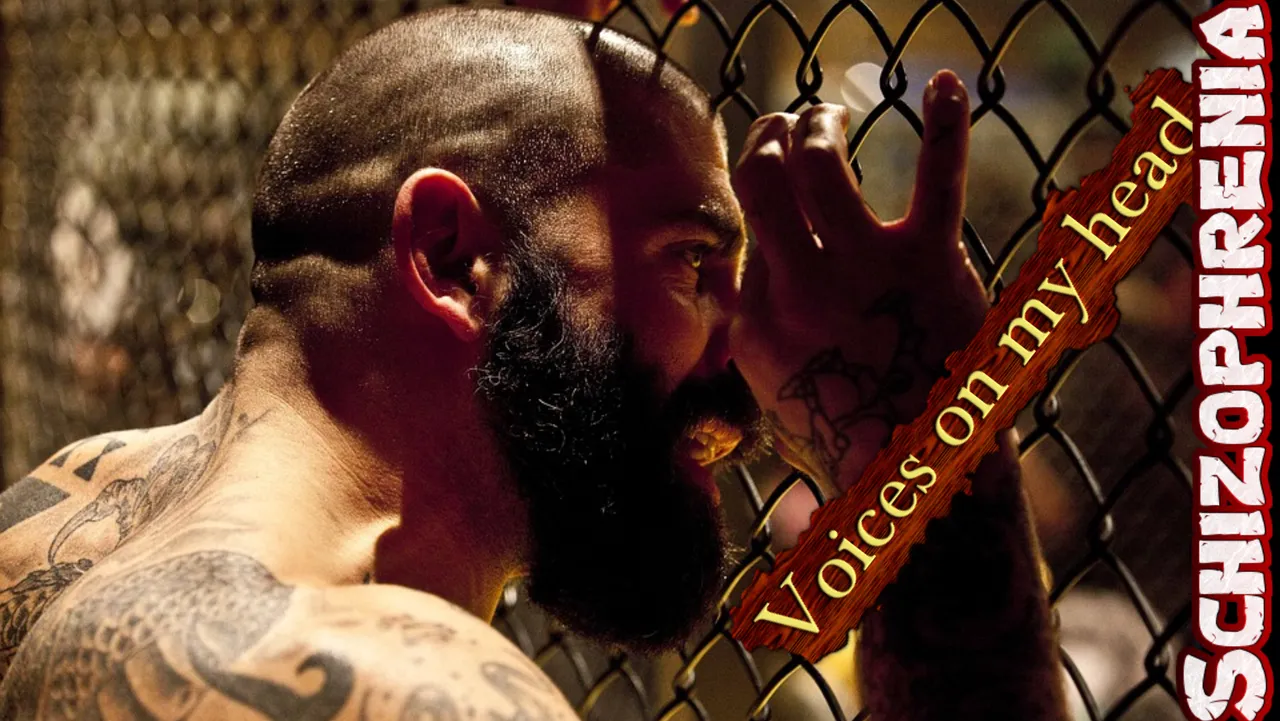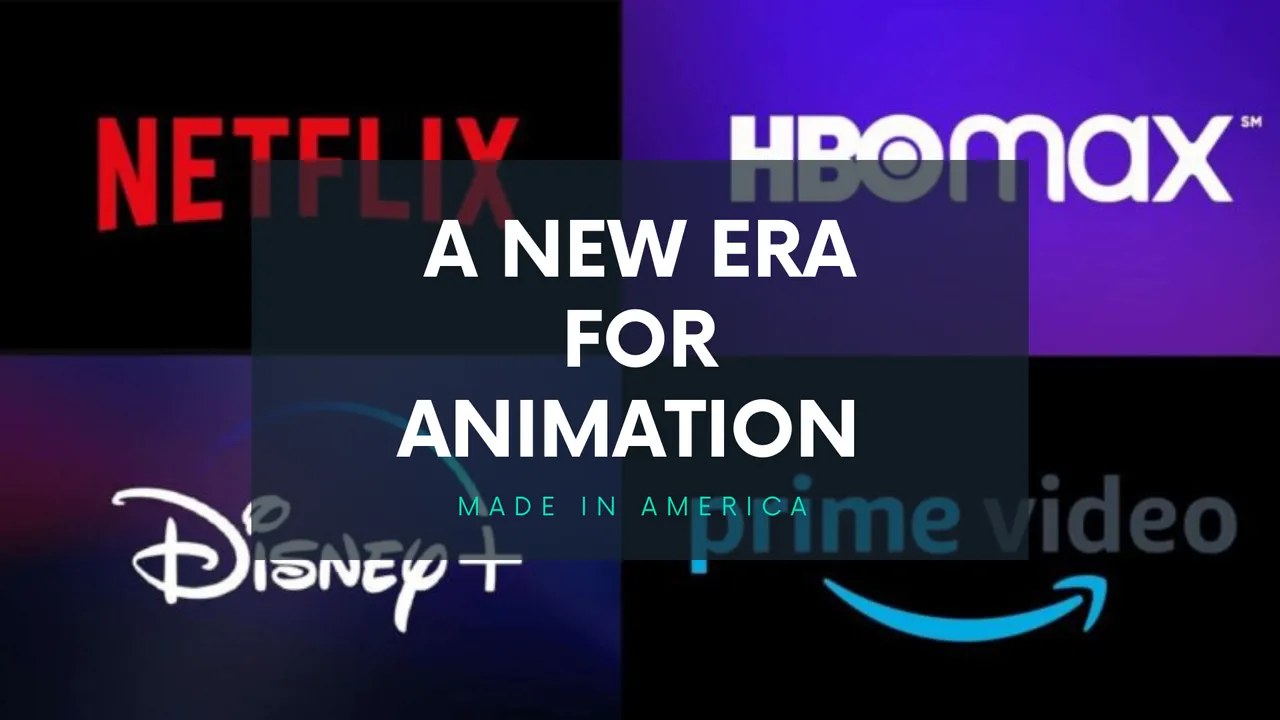
ENG
I’m writing this post with a huge satisfaction. I waited for this moment, I bet on it, and it was totally necessary. I’m pleased to be able to tell you that American animation is entering a new golden age. And this is not a minimal thing.
Last year, I had the opportunity to write several times about the early protagonists of this phenomenon. In many of those posts, I went so far as to mention how much I regretted the absence of good animation produced in the West.
Let’s be honest: it’s quite obvious that animation is treated better in Japan than in the West. Not only do they have more artistic care in every frame, but the music, the story, and everything they usually present in their series, is much better elaborated. That’s why I’m very excited to see series from American producers that compete head-to-head.
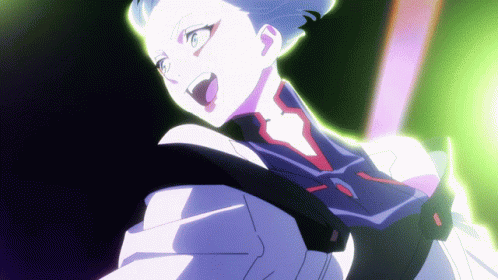
What has changed?
I have to trace the beginning of this evolution to at least two major works: Spider-Man: Into The Spiderverse and Castlevania. The former was important for finally showing something different. With a franchise as beloved as Spider-Man it’s difficult to fail, and I think that allowed the studio that made it to have a comfortable budget to make a distinctive, well-crafted, and artistically innovative work.
With that film, Hollywood finally seemed to realise that animation doesn’t necessarily have to have a children’s or comedy story to be successful. It set the precedent for a paradigm shift. Then came the ultimate gamble.
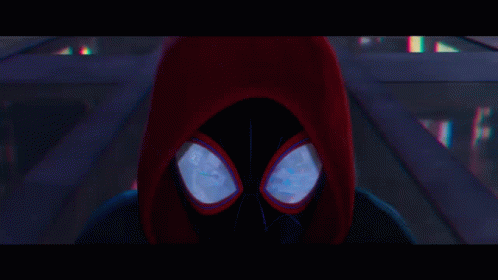
Castlevania is a more than recognised saga in the world of videogames, but as it used to happen, adapting a videogame to a film format can go very wrong. However, it was a success. Over the course of four seasons, Castlevania gained a giant audience and a lot of critical respect.
While this was happening and anime was becoming more and more influential, there were other Western productions in the works that sought to tap into the new market that had been exposed. Streaming services have stiff competition, and so they try to present fresh and distinctive content.
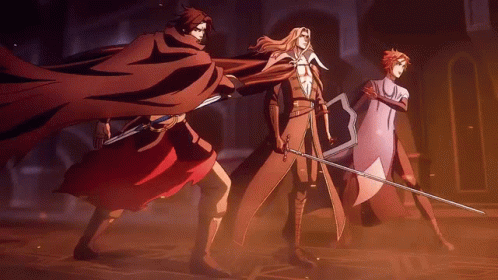
Confirmation of the change
Two more works appeared at the ideal time to lay the groundwork for this new era. The first was Invincible, a series based on a niche comic book that gave a masterclass in attention to detail and fidelity to the original work.
Invincible reminded me of how poorly DC crafted the animation in their movies, and how much that bothered me. I always thought they could do more, but they weren’t motivated to do it because they didn’t think it was worth it. But Invincible wanted to be different, wanted to be better, and its first season had top-notch animation.
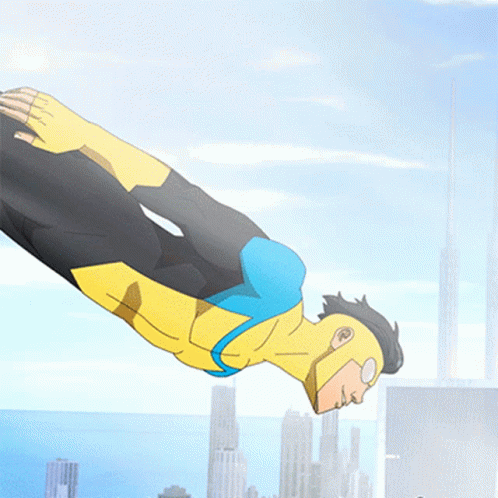
Then came the biggest gem of this period so far. Arcane, a story based on the League of Legends video game, proved that an animated series can be on the level of a prime-time series. And in terms of its animation, all the elements were unprecedented. It has exquisite art, exceptional fluidity and phenomenal scenes.
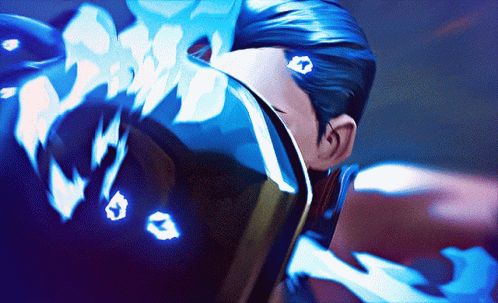
Great expectations
With all that as a precedent, a new generation of animated series and films has arrived to try to bring their own to this historic moment. Of the above-mentioned works, all are still live-action projects, and Entergalactic looks good. A series that stands out visually and sonically in its trailers and feels like part of this same wave.
Each of these series leads me to believe that the West is finally looking to match or surpass Japan when it comes to presenting spectacular animated series. That's something I couldn't say before, but now I'll happily sit back and enjoy each one.
I am hopeful that from now on it will be more common to see anime blockbusters on streaming. I want to see stories that are deep, impactful, and on par with live-action films. I want to see well-crafted art. I want to hear powerful soundtracks. I want American animation to be glorious.


ES
Estoy escribiendo este post con una satisfacción enorme. Este momento lo esperé, aposté por él, y era totalmente necesario. Me alegra mucho poder decirles que la animación norteamericana está entrando a una nueva edad dorada. Y esto no es cualquier cosa.
El año pasado tuve la oportunidad de escribir varias veces sobre los primeros protagonistas de este fenómeno. En algunos de esos post, llegué a mencionar lo mucho que lamentaba la ausencia de buenas animaciones producidas en Occidente.
Seamos honestos: es bastante obvio que en Japón se le da un mejor trato a la animación que en Occidente. No solo cuentan con mayor esmero artístico en cada frame, sino que la música, la historia, y todo lo que suelen presentar en sus series, está mucho mejor elaborado. Por eso me emociona mucho ver series de productoras norteamericanas que vienen competir cara a cara.

¿Qué ha cambiado?
Debo rastrear el inicio de esta evolución al menos hasta dos obras importantes: Spider-Man: Into The Spiderverse y Castlevania. La primera fue importante para mostrar al fin algo diferente. Con una franquicia tan amada como Spider-Man no es fácil fracasar, y creo que eso permitió que el estudio que la elaboró tuviera un cómodo presupuesto para hacer una obra distintiva, bien cuidada, y artísticamente innovadora.
Con esa película, Hollywood al fin parecía darse cuenta de que la animación no necesariamente debe tener una historia infantil o de comedia para que sea exitosa. Eso marcó el precedente para un cambio de paradigma. Luego llegó la apuesta definitiva.

Castlevania es una saga más que reconocida en el mundillo de los videojuegos, pero como solía suceder, adaptar un videojuego a un formato fílmico puede salir muy mal. Sin embargo, fue todo un acierto. A lo largo de cuatro temporadas, Castlevania se ganó una gran audiencia y mucho respeto entre la crítica.
Mientras esto ocurría y el anime cada vez tenía mayor influencia, habían otras producciones occidentales en marcha que buscaban aprovechar ese nuevo mercado que había quedado expuesto. Los servicios de Streaming tienen una dura competencia, y por ello intentan presentar contenido fresco y distintivo.

La confirmación del cambio
Dos obras más aparecieron en el momento ideal para terminar de sentar las bases de esta nueva era. La primera fue Invincible, una serie basada en un cómic de nicho que dio una cátedra de atención al detalle y fidelidad a la obra original.
Invincible me hizo recordar lo mal que DC elaboraba la animación en sus películas, y lo mucho que eso me molestaba. Siempre creí que podían hacer más, pero no se motivaban a hacerlo porque no creían que valiera la pena. Pero Invincible quería ser diferente, quería ser mejor, y su primera temporada tuvo una animación de primera.

Luego llegó la mayor joya de esta etapa hasta ahora. Arcane, una historia basada en el videojuego League Of Legends, demostró que las series de animación pueden estar al nivel de una serie de prime-time. Y en cuanto a su animación, todos los elementos fueron algo sin precedentes. Tiene un arte exquisito, una fluidez excepcional y unas escenas fenomenales.

Grandes expectativas
Con todo eso de precedente, ha llegado una nueva generación de series y películas de animación que intentan aportar lo propio a este momento histórico. De las obras nombradas, todas siguen como proyectos vivos. También se asoma con buena pinta Entergalactic. Una serie que en sus trailers destaca visual y sonoramente y se siente como parte de esta misma ola.
Cada una de estas series me lleva a pensar que finalmente Occidente busca igualar o superar Japón a la hora de presentar series de animación espectaculares. Eso es algo que antes ellas no podía decir, pero ahora me sentaré contento a disfrutar cada una.
Tengo la esperanza de que a partir de ahora sea más frecuente ver superproducciones de animación en Streaming. Quiero ver historias profundas, impactantes, y al nivel de las películas de acción real. Quiero ver arte bien cuidado. Quiero escuchar bandas sonoras impactantes. Quiero que la animación norteamericana sea gloriosa.







